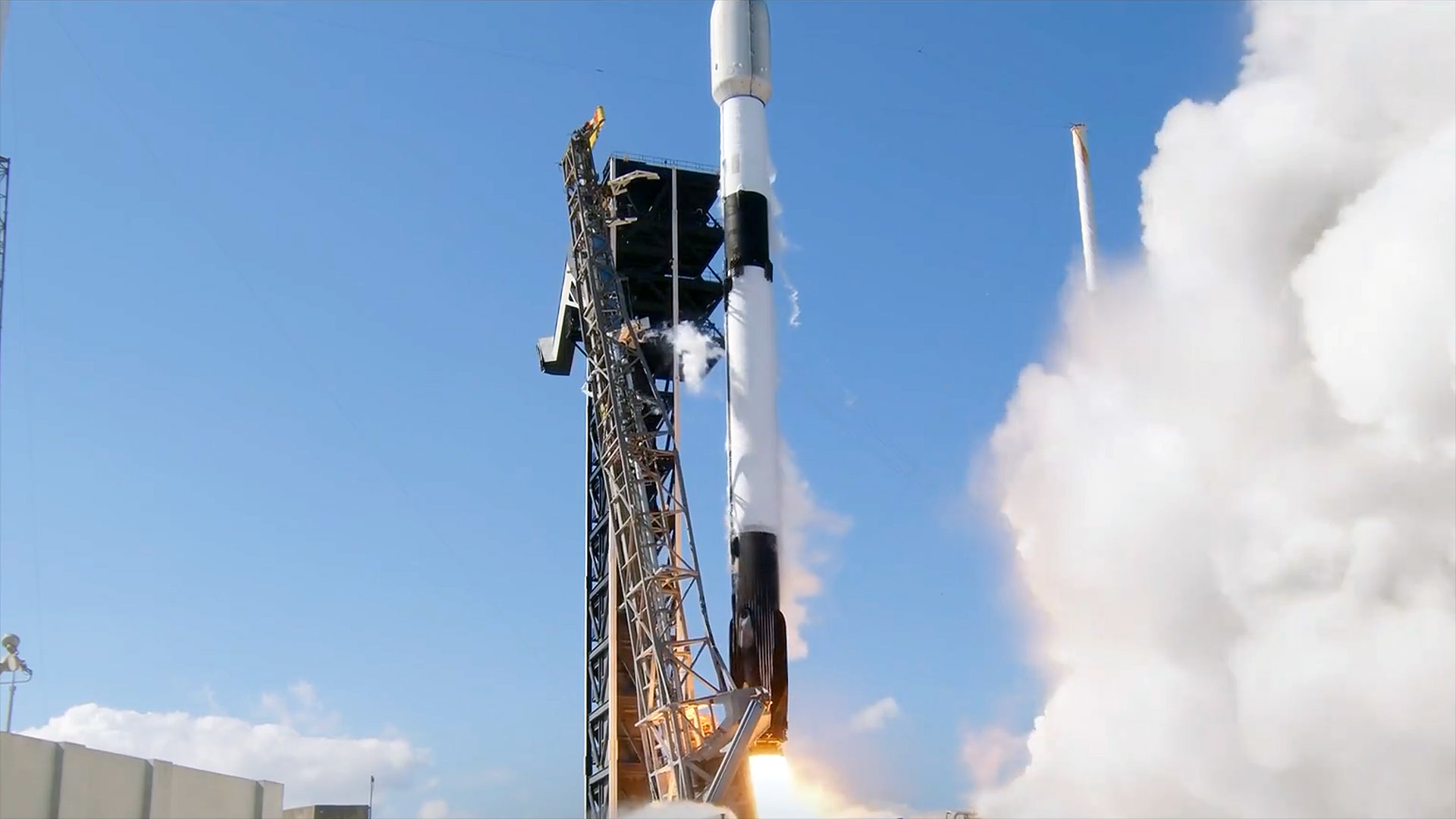Aurora DSQL is different than Aurora, but Aurora DSQL belongs to Aurora (which belongs to RDS)
The term "Aurora DSQL" can be somewhat confusing, as it shares its name with another RDS database called "Aurora". This lack of distinction complicates discussions about the two. How would you refer to the original Aurora when it is neither "serverless" nor "limitless"? The "non-DSQL" Aurora is PostgreSQL-compatible but is not a distributed database. It operates with a single instance that can handle your reads and writes and experiences downtime during failover or major upgrades. In contrast, Aurora DSQL is distributed but offers minimal compatibility with PostgreSQL, as exposed in the previous posts of this series. From a user's perspective, these two databases are quite different. Technically, DSQL storage does not use the multi-AZ storage previously called "Aurora storage". However, from a managed service perspective, it makes complete sense for AWS to offer DSQL under the umbrella of Amazon Aurora. I'll explain why, but remember that while the other posts in this series are technical and fact-based, this one is subjective and represents an opinion. All Amazon RDS (the relational database services of AWS) databases are compatible with databases outside of Amazon. Aurora is compatible with MySQL or PostgreSQL. From an application standpoint, there is no difference. Finding customers for a new database that behaves differently than any existing one would be tough. Amazon DynamoDB and Google Spanner are exceptions to this. Still, they succeeded because they were used internally by the cloud provider: DynamoDB powers Amazon (it all started with the shopping cart), and Google critical applications rely on Spanner (AdWords, YouTube). Many AWS customers also use DynamoDB because it is unique for specific use cases, but Spanner has never gained significant traction among Google customers. Customers prefer the freedom to migrate their applications to other cloud vendors without re-designing and coding. Amazon DSQL combines the advantages of DynamoDB (restricting user actions to ensure predictable performance and scalability) and Spanner (integrating some SQL features like ACID transactions and referential integrity). However, it is not equivalent to any existing database, employing Optimistic Concurrency Control with some SQL features (transactions, tables, and joins) but lacking others (no foreign key, no long transactions). No customer would place their core business data in a database with no equivalent on-premises or another cloud vendor. But they can if it is Aurora, previously known as a PostgreSQL alternative. By cataloging DSQL under the Aurora umbrella, the issue is resolved. A multi-region resilient and elastic database attracts customers. They can begin building their applications on it and present it as PostgreSQL. Quickly, they encountered one of its many limitations. They could either accept the necessary workarounds in application code to continue using the distributed database or voice concerns about its lack of PostgreSQL compatibility. At this point, AWS can redirect them to the non-DSQL alternatives: Aurora, Aurora Serverless, or Aurora Limitless. As a distinct database service, the low adoption of DSQL would make the service unprofitable. However, as a variation of the Aurora engine, it can still be profitable despite low or short-term adoption, as it can direct users to the non-DSQL Aurora whenever they require PostgreSQL-compatible behavior. Developers can experiment with building new application services on Aurora DSQL and decide whether to remain with DSQL or switch to another version of Aurora later. Managers can consider AWS as an alternative to Goggle, with a Spanner equivalent. Ultimately, it’s about choosing the cloud infrastructure vendor, regardless of which database goes to production. It can also be YugabyteDB, which is distributed, functions like PostgreSQL, and is multi-cloud, but the customer who started on AWS will remain. Aurora DSQL is technically different from the existing Aurora database engine. Still, from a user point of view, and with good marketing, it can be seen as a switch in the Aurora database service that reduces PostgreSQL compatibility to provide horizontal scalability, like the switch to serverless, when cost is more critical than performance predictability, to limitless, when a sharding key is possible for all use cases, or to compatibility extensions, like Babelfish. Amazon RDS is a marketplace for relational databases, and Amazon Aurora is a dedicated stall offering different flavors of PostgreSQL.

The term "Aurora DSQL" can be somewhat confusing, as it shares its name with another RDS database called "Aurora". This lack of distinction complicates discussions about the two. How would you refer to the original Aurora when it is neither "serverless" nor "limitless"?
The "non-DSQL" Aurora is PostgreSQL-compatible but is not a distributed database. It operates with a single instance that can handle your reads and writes and experiences downtime during failover or major upgrades.
In contrast, Aurora DSQL is distributed but offers minimal compatibility with PostgreSQL, as exposed in the previous posts of this series.
From a user's perspective, these two databases are quite different. Technically, DSQL storage does not use the multi-AZ storage previously called "Aurora storage".
However, from a managed service perspective, it makes complete sense for AWS to offer DSQL under the umbrella of Amazon Aurora. I'll explain why, but remember that while the other posts in this series are technical and fact-based, this one is subjective and represents an opinion.
All Amazon RDS (the relational database services of AWS) databases are compatible with databases outside of Amazon. Aurora is compatible with MySQL or PostgreSQL. From an application standpoint, there is no difference.
Finding customers for a new database that behaves differently than any existing one would be tough. Amazon DynamoDB and Google Spanner are exceptions to this. Still, they succeeded because they were used internally by the cloud provider: DynamoDB powers Amazon (it all started with the shopping cart), and Google critical applications rely on Spanner (AdWords, YouTube). Many AWS customers also use DynamoDB because it is unique for specific use cases, but Spanner has never gained significant traction among Google customers. Customers prefer the freedom to migrate their applications to other cloud vendors without re-designing and coding.
Amazon DSQL combines the advantages of DynamoDB (restricting user actions to ensure predictable performance and scalability) and Spanner (integrating some SQL features like ACID transactions and referential integrity). However, it is not equivalent to any existing database, employing Optimistic Concurrency Control with some SQL features (transactions, tables, and joins) but lacking others (no foreign key, no long transactions). No customer would place their core business data in a database with no equivalent on-premises or another cloud vendor. But they can if it is Aurora, previously known as a PostgreSQL alternative.
By cataloging DSQL under the Aurora umbrella, the issue is resolved. A multi-region resilient and elastic database attracts customers. They can begin building their applications on it and present it as PostgreSQL. Quickly, they encountered one of its many limitations. They could either accept the necessary workarounds in application code to continue using the distributed database or voice concerns about its lack of PostgreSQL compatibility. At this point, AWS can redirect them to the non-DSQL alternatives: Aurora, Aurora Serverless, or Aurora Limitless.
As a distinct database service, the low adoption of DSQL would make the service unprofitable. However, as a variation of the Aurora engine, it can still be profitable despite low or short-term adoption, as it can direct users to the non-DSQL Aurora whenever they require PostgreSQL-compatible behavior. Developers can experiment with building new application services on Aurora DSQL and decide whether to remain with DSQL or switch to another version of Aurora later. Managers can consider AWS as an alternative to Goggle, with a Spanner equivalent. Ultimately, it’s about choosing the cloud infrastructure vendor, regardless of which database goes to production. It can also be YugabyteDB, which is distributed, functions like PostgreSQL, and is multi-cloud, but the customer who started on AWS will remain.
Aurora DSQL is technically different from the existing Aurora database engine. Still, from a user point of view, and with good marketing, it can be seen as a switch in the Aurora database service that reduces PostgreSQL compatibility to provide horizontal scalability, like the switch to serverless, when cost is more critical than performance predictability, to limitless, when a sharding key is possible for all use cases, or to compatibility extensions, like Babelfish. Amazon RDS is a marketplace for relational databases, and Amazon Aurora is a dedicated stall offering different flavors of PostgreSQL.




























![[UPDATE] PlayStation Network is back and running](https://helios-i.mashable.com/imagery/articles/02ToD4H7iBKJXGD8xpj3dxR/hero-image.fill.size_1200x675.v1739025331.jpg)















































